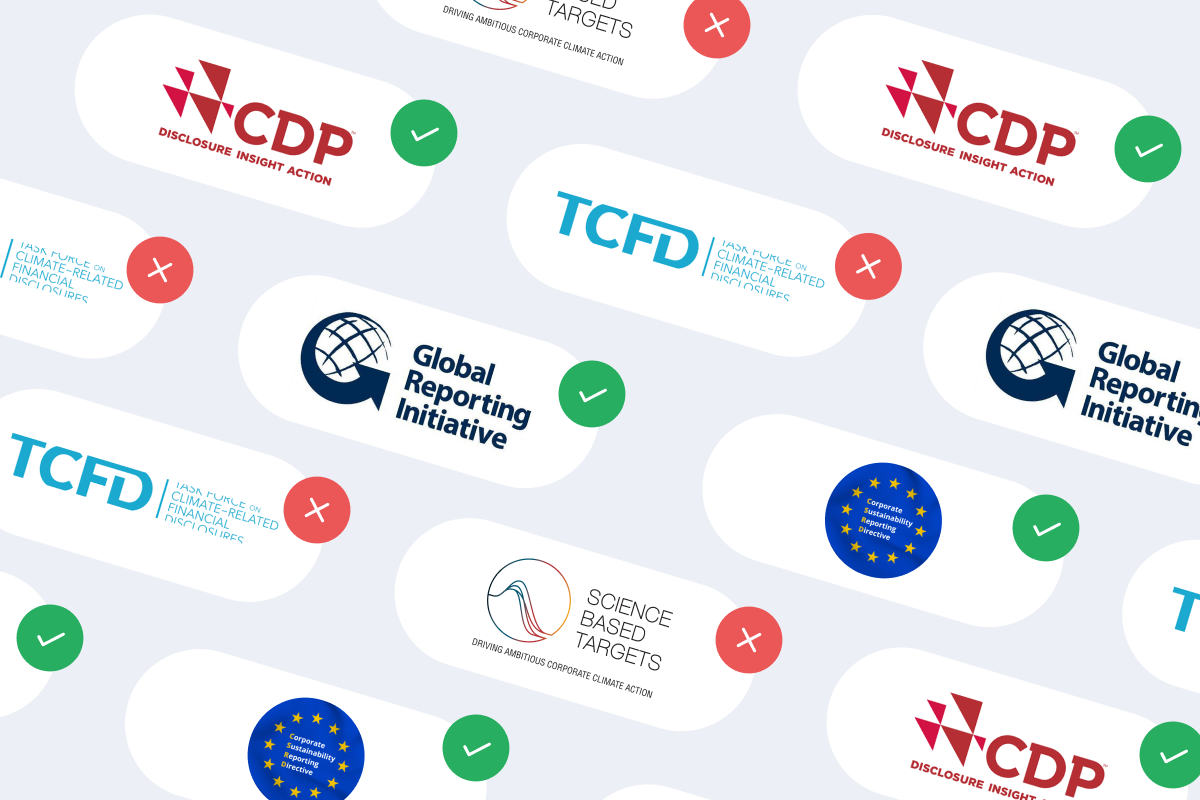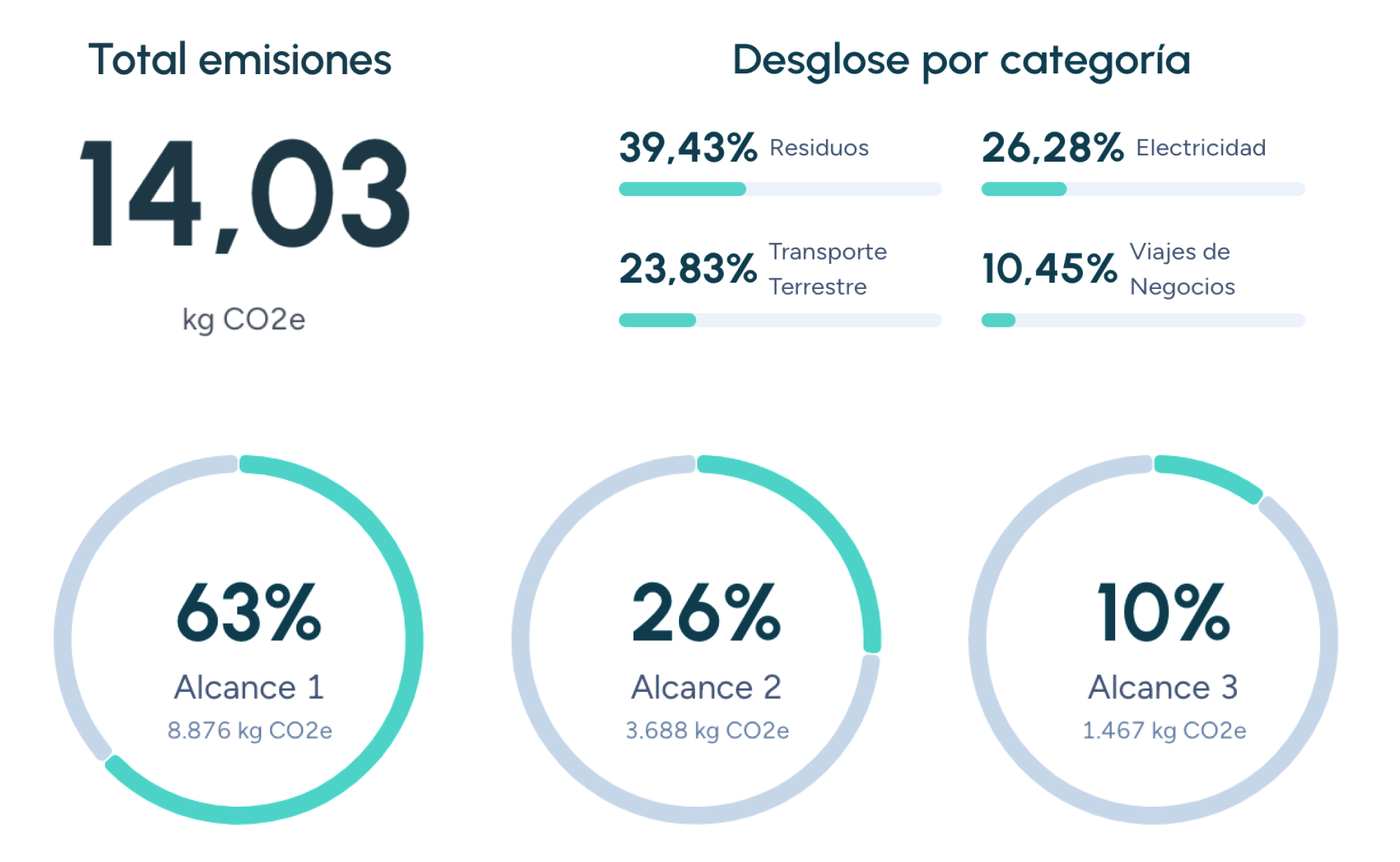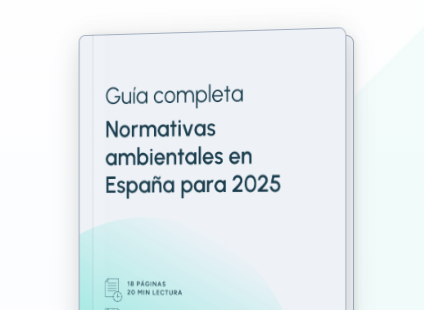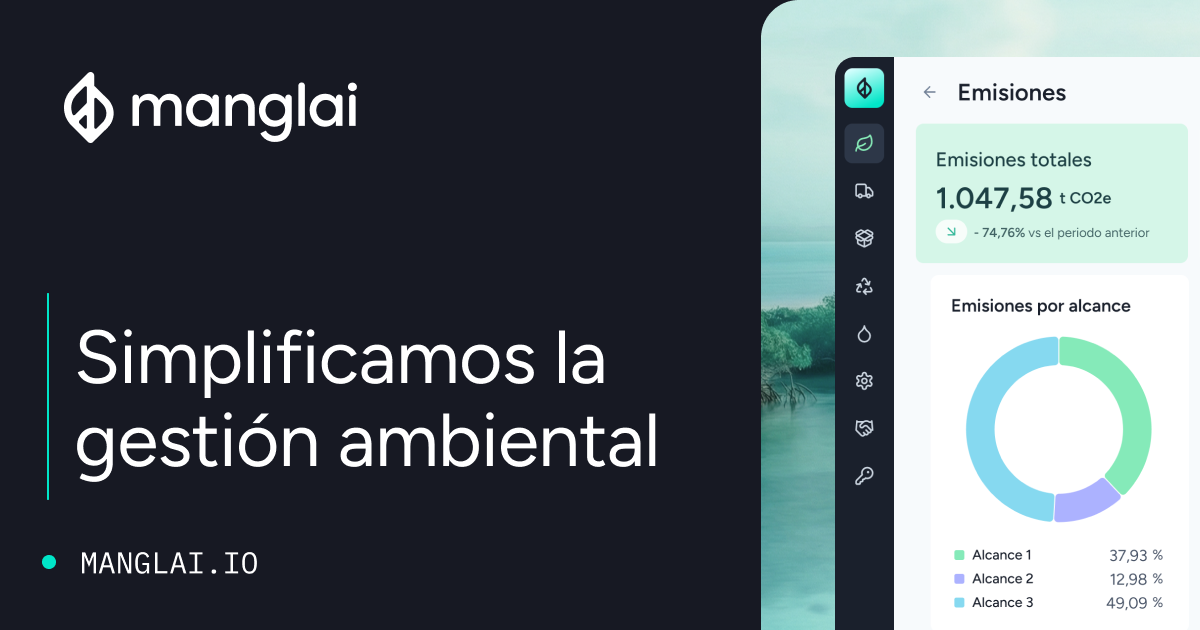G
Green‑to‑Blue Ratio (G/B)
The Green-to-Blue Ratio (G/B) is an indicator that expresses the proportion of green water (rainwater consumed on-site by crops or vegetation) relative to blue water (surface or groundwater extracted for irrigation) used in agricultural or industrial processes. A high G/B value indicates greater reliance on rainfall and therefore lower pressure on freshwater resources such as rivers and aquifers.
Formula
G/B = Green Water Footprint / Blue Water Footprint
Applications
- Agriculture: assess the sustainability of crops (e.g., wheat vs. rice).
- Basin planning: promote practices that enhance rainwater infiltration and green water retention.
- Corporate strategies: identify suppliers with lower blue water footprints to reduce operational risks.
How to Improve the G/B Ratio
- Soil conservation: apply cover crops and minimum tillage to retain soil moisture.
- Crop selection: choose varieties adapted to local rainfall patterns.
- Rainwater harvesting: use rooftops, micro-catchments, and terraces to increase infiltration.
- Irrigation efficiency: adopt systems that minimize evaporation and leaching losses.
Advantages of the Indicator
- Simplicity: clear and easily communicable metric.
- Action-oriented: encourages adoption of conservation agriculture practices.
- Complementary value: adds context to standalone blue and green water footprints.
Limitations
- Does not capture water quality or rainfall seasonality.
- Spatial variability: results should be interpreted at basin or field level for accuracy.
The Green-to-Blue Ratio provides a quick and practical guide for assessing and improving water sustainability, helping reduce pressure on blue water sources in vulnerable or water-stressed regions.
Companies that trust us
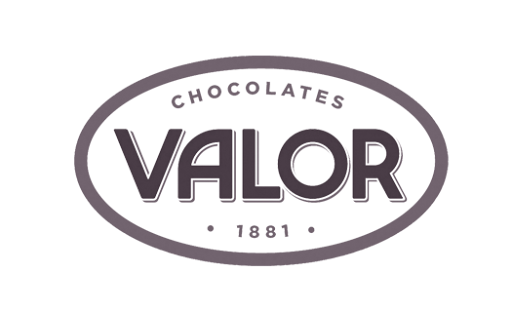
Agricultural Water Footprint
The agricultural water footprint is the total volume of freshwater (green, blue, and grey) consumed and polluted in the production of crops and livestock products.
Blue Water Footprint
The blue water footprint represents the volume of surface and groundwater withdrawn from rivers, lakes, reservoirs, and aquifers to produce goods and services.
Blue Water Scarcity
Blue water scarcity is an indicator that compares the consumption of surface and groundwater resources (blue water footprint) with the availability of renewable freshwater within a river basin over a specific period.
Guiding businesses towards net-zero emissions through AI-driven solutions.
© 2025 Manglai. All rights reserved
Política de Privacidad